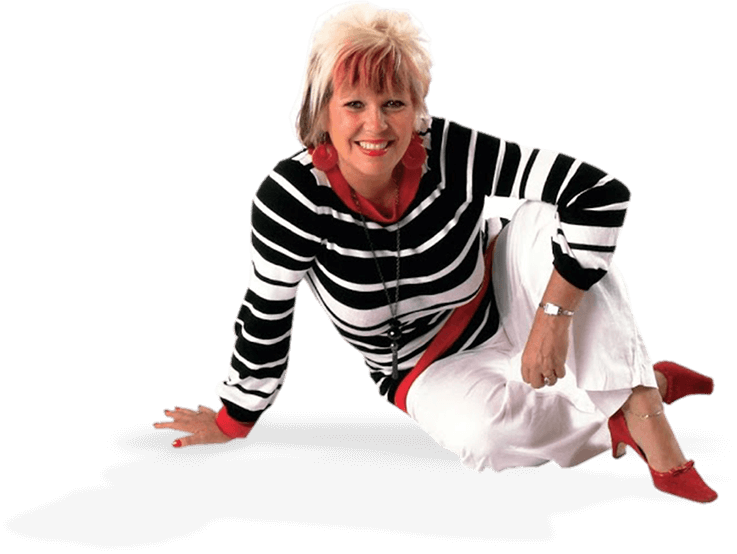


Like it? Share it!
I’ve recently been working with a 10 year old who has been angry, out of control and frightened.
She has displayed challenging behaviour since her days in Reception at the age of 5 and has learning difficulties, but with the help of her Learning Mentor at school and now working with me to create her own One Page Profile to support her learning, behaviour and self esteem she is,I’m thrilled to say, making progress, and is far less frustrated generally at home and at school as she feels heard, understood and supported IN THE WAY SHE LIKES TO BE SUPPORTED.
She was definitely on the path to exclusion but using the Positive Profile and Emotional Freedom Technique or ‘Tapping’ she is far more relaxed, has more self control and concentration and is making progress emotionally.
She’s even making more friends at school and smiling more!
“Exclusion wastes money because it doesn’t solve the problem – it just moves it out of sight and out of mind. Kids that get excluded are condemned to fail.”
~ Sonia Sodha, an education expert at Demos.
Over 75 per cent of children who are excluded have special educational needs (SEN) and I believe developing a One Page Profile can certainly help a child celebrate what they get right and nurture their self esteem while putting in place ways to support them in the way they would like to be supported, both at home and at school.
A One Page Profile personalises their support while not giving away any of the schools’s authority.
I’m speaking about One Page Profiles at this weekend’s Sunday Times Festival of Education as I see them as a new and innovative way to support children whether they are struggling at school, going through a divorce or in need of some some new ways of changing their behaviour or habits.
A One Page Profile typically has three sections:
For a fuller explanation watch the video above to see how they work.
Discussing every possible aspect of parenting, giving you advice and support on topics which affect your daily life. Each free, weekly episode is bursting with practical tips, techniques and ideas.
I will teach you my no-nonsense, simple techniques & give you hundreds of my expert parenting articles, videos & podcasts so you can get back to the business of having fun with your family!



